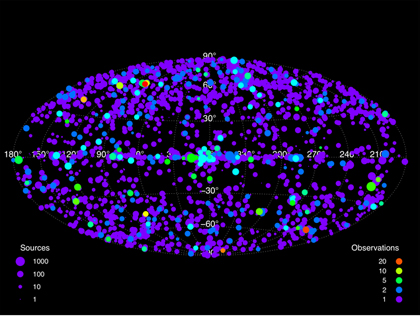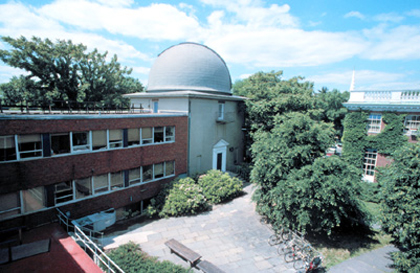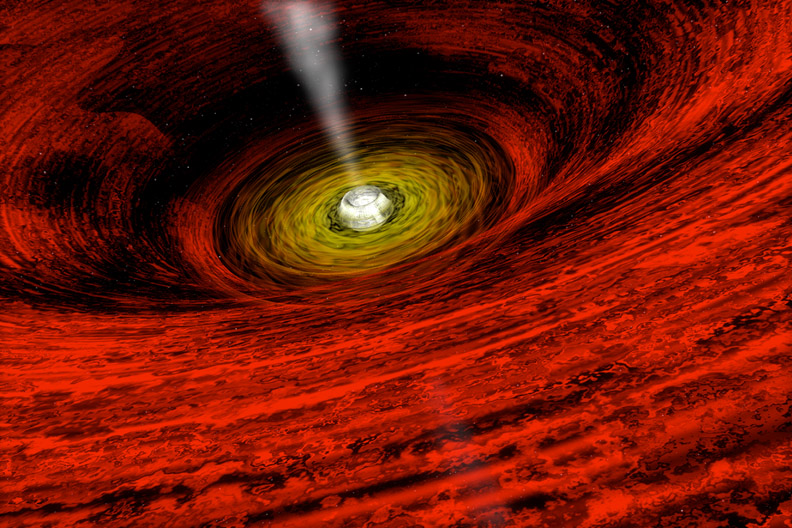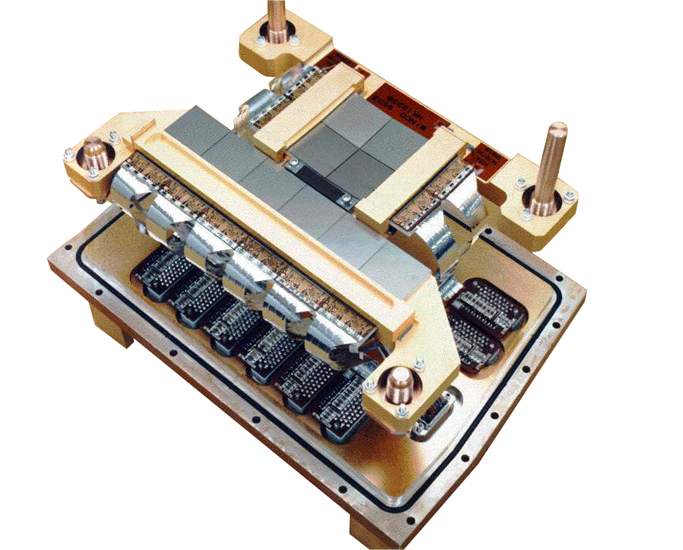Women in the High Energy Universe
Astrophysics and the Olympics
It's not every day that we can mention "Chandra" and the "Olympics" in the same sentence, but today we can. That's because Stacie Powell, who will compete in the 10-meter platform diving competition for Great Britain at the London Olympics beginning today, is also working on her Ph.D. in astrophysics.
Women in the High-Energy Universe: April Jubett
April Jubett creates animations and videos to help explain Chandra’s discoveries in a visual way. Her work shows up most frequently as podcasts and short animations on the Chandra website.
I have always been interested in art and science, and the many connections between them. It started unconsciously, with a curiosity about the natural world around me and a fondness for drawing and trying to capture that world while learning more about it. When I found out that there are whole careers built on exploring the beauty and mystery of the universe, I thought, "Yeah, I can do that".
Women in the High-Energy Universe: Pepi Fabbiano
Dr. Giuseppina (Pepi) Fabbiano is a senior astrophysicist at the Smithsonian Astrophysical Observatory where she studies, among other things, galaxies, black holes and the rest of the high-energy Universe using Chandra and other telescopes.
It would be fair to say that I stumbled into astronomy. I grew up in a family of teachers, professors and professionals, both men and women, and there never was any doubt that I had to go to university and then get a good job. I was a precocious learner and always ‘first of the class.’ I won the math prize in high school and was one of a busload of high school students from the whole of Italy rewarded with a prize visit to France.
Women in the High-Energy Universe: Aneta Siemiginowska
Aneta Siemiginowska is an astrophysicist at the Chandra X-ray Center. In addition to her responsibilities for Chandra’s Science Data System group, she is actively involved is exploring the Universe, particularly its black holes and galaxies.
Women in the High-Energy Universe: Kim Arcand
Kimberly Arcand has been a member of the Chandra Education & Public Outreach group since 1998. As the Media Production Coordinator, Kim's role includes oversight of a range of science outreach products and activities, including imaging and astronomical visualization, multimedia and print product development, exhibition creation and coordination, and development of museum/planetarium and broadcast products.
IWD 2011 on the Chandra Blog
March 8th is International Women's Day (https://www.internationalwomensday.com/), an effort to mark the economic, political, and social achievement of women. From here at the Chandra blog, we'd like to extend that concept to include scientific achievements as well by highlighting our "Women in the High-Energy Universe" (https://chandra.harvard.edu/blog/taxonomy/term/15) series.
Women in the High-Energy Universe: Melissa Weiss
Melissa Weiss has been a graphic designer for the Chandra project for over a decade. Her work can be seen throughout Chandra's website as well as its print and multimedia products for students, teachers and the public.
I have to be honest, my career in astronomy happened organically. Part of me wants to say that, as a child, I always looked up at the stars and dreamed of what lay with them. But the reality is that my interests weren't really up with the stars, but down on canvas with paints, pens, and any other tool I could be creative with. Art has always been my passion.
Women in the High-Energy Universe: Janet DePonte Evans
Janet DePonte Evans is the Software Development Manager for the Chandra X-ray Center Data System (CXCDS) group, which provides end-to-end scientific software for Chandra's mission operations. This includes software to manage the scientific proposals, mission planning software prior to an observation, and then the software to reduce and analyze the scientific data returned from the telescope. Janet's group also developed and maintains the Chandra data archive and interfaces that allow scientists to retrieve Chandra data for further study.

Women in the High-Energy Universe: Belinda Wilkes
Belinda Wilkes is a senior astrophysicist at the Smithsonian Astrophysical Observatory who specializes in the study of supermassive black holes in the centers of galaxies. She is also the Director for the Chandra X-ray Center.

How did I get interested in astronomy and science? I was always good at math, since primary school, and this broadened into being good at physics once in middle and high school. I became interested in astronomy during my “A level” physics course (last two years of high school in the UK). I am not sure what triggered it, perhaps reading New Scientist articles or studying Kepler's laws as part of the course. I also read Hoyle's "The Nature of the Universe" about continuous creation, and was fascinated. I then decided to include astronomy in my undergraduate courses and made university applications accordingly. Once there, I continued to love the application of physics to astronomy and continued on to a PhD in astronomy.
Women in the High-Energy Universe: Nancy Adams-Wolk
Nancy Adams-Wolk is an instrument operations scientist at the Chandra X-ray Center. Her job, among others, is to ensure that one of the telescope’s main instruments – the Advanced CCD Imaging Spectrometer (ACIS) -- is healthy and performing up to its full capacity.


